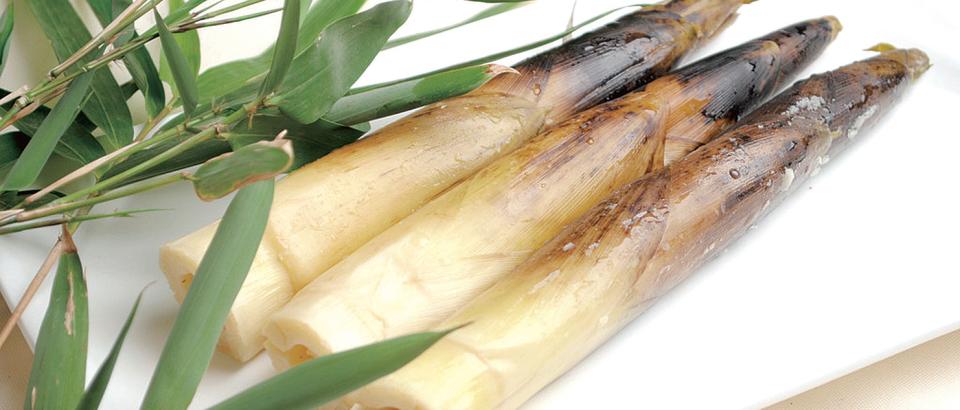All over the world, bamboo is thought of as panda food. I visited the giant panda breeding research base in Chengdu, Sichuan, and watched its residents chomp through mounds of the stuff. Arriving just in time for breakfast, myself and a handful of tourists followed the meals-on-wheels truck as it chugged around the park, piled high with bamboo stalks adorned with tasty-looking, bright green leaves. Pandas take eating seriously: gathering the leaves into thick bunches, discerningly discarding any unworthy specimens and only chowing down when their meal is just so. Just hearing them crunch through stalk after stalk made me quite peckish.
Thankfully, pandas aren’t the only ones who can enjoy the taste of bamboo.
Throughout China’s history, bamboo has been used to make just about everything, from paper to houses to weapons. But from excavation at the country’s earliest Neolithic times, archeologists have concluded that, before it became a catch-all manufacturing material, bamboo was a source of food, with the inedible leftovers (fashioned into chopsticks) used to eat it.
Today, the shoots of baby bamboo plants are a popular ingredient in China. These succulent beauties are seasonal, growing during the winter and spring, but the spring shoots, chunsun, are the fattest and juiciest. The edible part of the shoot is protected by layers of tough sheathing leaves, and even the consumable parts of the plant must be boiled to remove a bitter toxin – hydrocyanic acid. Once fully prepared, however, bamboo shoots are a rich source of protein, calcium and iron, and are subsequently dubbed by fans as caiwang, the “king of vegetables.” Whether sautéed, steamed, fried or boiled then left to cool and served salad-style, bamboo shoots prepared right will retain their unique earthy sweetness and crisp crunch. While ubiquitous in all regional cuisines, it is in Zhejiang Province where some of the tastiest bamboo shoot dishes can be found. One Chinese New Year delicacy is bamboo shoots steamed beneath a soy marinated duck, the idea being for the vegetables to soak up the delicious drippings. Somehow, even cooked like this, the shoots still taste fresh and light.
Chinese vegetarians in particular prize bamboo shoots for their versatility, matching beautifully with almost any other vegetable to “beef up” meatless dishes. A Hangzhou favorite, “two winter stir-fry,” pairs tender winter shoots, dongsun, with winter shiitake mushrooms, donggu. It’s a heavenly match! If that doesn’t do it for you, when the shoots are boiled with sheets of pressed tofu and salty Chinese bacon, the umami-sweet result very much will.
Su Shi, an artist from the Song Dynasty (960-1279 AD), was a firm believer in the otherworldly powers of bamboo. He was sure that China could not live without the stuff, and thanked the world’s largest variety of grass for inspiring his poetry. It was also during this time that crisp and fresh bamboo shoots became an essential ingredient in the Chinese diet, as they remain today. Who’d have thought this lush plant would be the thing that brought China’s people and their favorite species of bear together?

 Old Version
Old Version